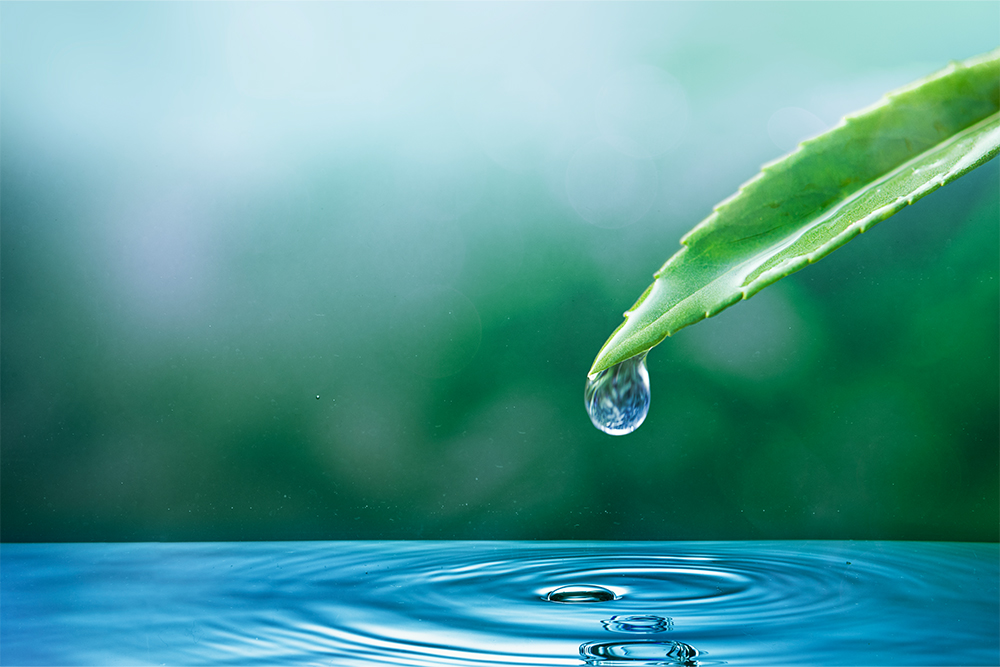
Water Challenge in Canada
Canada's enduring myth about its limitless water supplies is gradually being debunked. More and more, the sustainability of water, the most valuable natural resource of all, is correlated with the sustainability of our sectors utilizing natural resources. Water use by industry will rise as the global demand for energy and food rises. We are unable to farmland, mine coal, drill for oil, or hew wood without the ability to draw water.
The prospect of climate change makes this calculation more difficult. Lake, river, and aquifer levels may decrease as temperatures rise. Industries accustomed to having water readily available and frequently free may be required to use less of it or pay more for it.
The image of Canada's water is complicated and sometimes even deceptive. The large portrait appears to be quite clear; it is just one of several. Canada holds around 7% of the world's renewable freshwater resources and 7% of its total geographic area. Canada is the second-largest country in the world, and it has more than 2 million lakes, covering around 8% of its land. Nevertheless, there are only rough estimates available at the national level for lake volume, river and glacier runoff, and groundwater.
The National Round Table on the Environment and the Economy (NRTEE) is conducting a significant new study program on the sustainability of the water and Canadian natural resource industries as a result of all these factors. A clearer, deeper understanding of the policy issues and decisions required for the long-term sustainability of our water resource and how the forestry, mining, agricultural, and energy sectors of our economy use it will result from investigating the relationship between water and the resource sectors.


